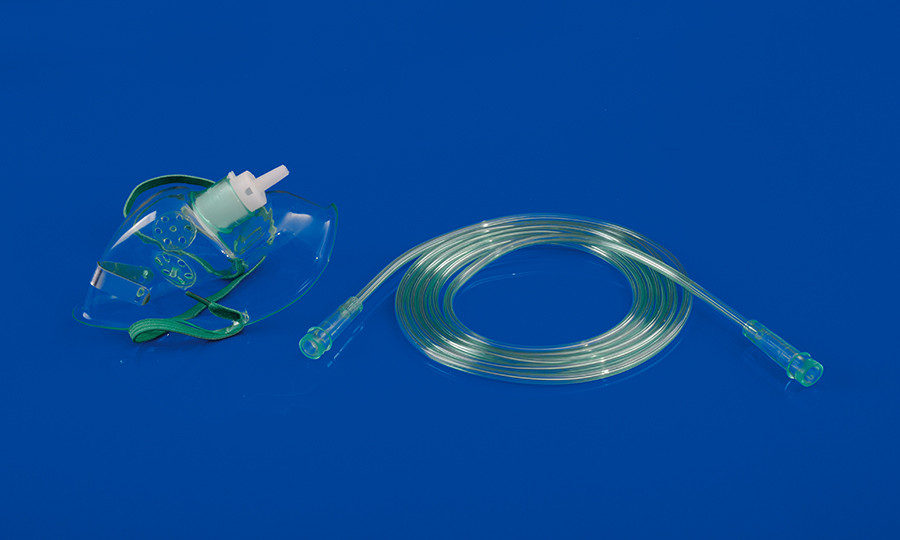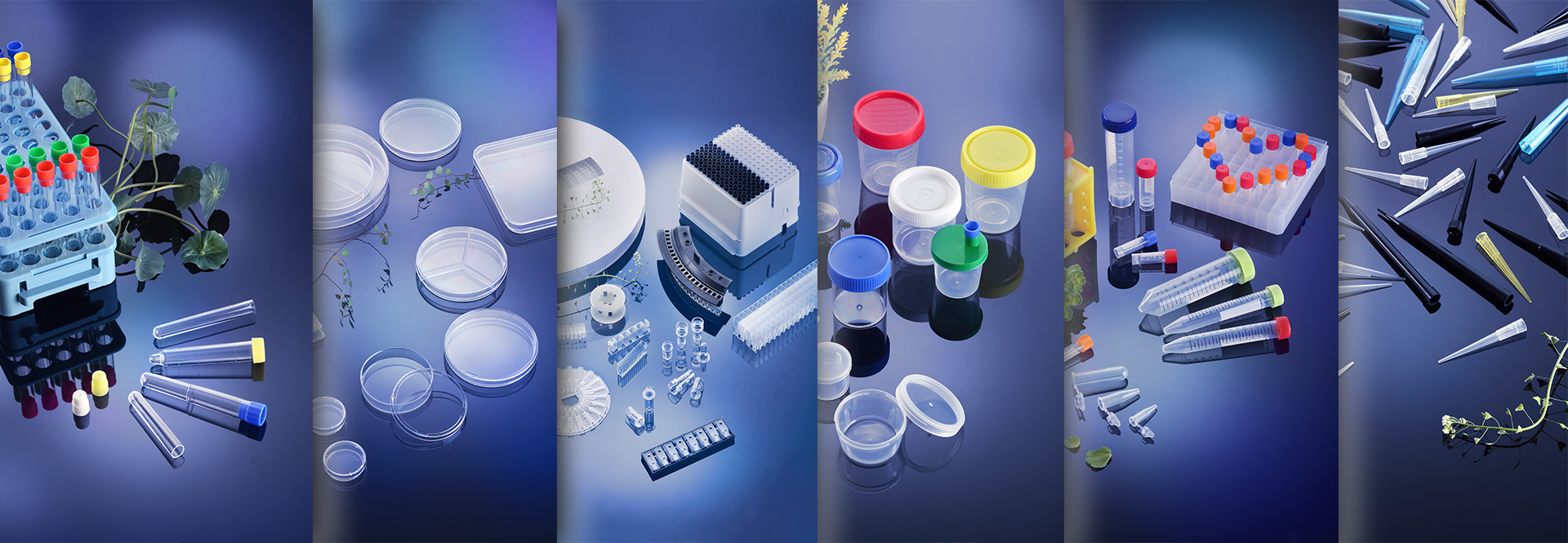Oxygen Mask
An oxygen mask is a device that is used to deliver oxygen to a patient who is having difficulty breathing or who requires additional oxygen due to a medical condition. Oxygen masks are commonly used in hospitals, emergency medical situations, and on airplanes to provide oxygen to passengers in the event of a drop in cabin pressure.
There are different types of oxygen masks, including simple face masks, partial rebreather masks, non-rebreather masks, and venturi masks. The type of mask used depends on the patient's needs and the amount of oxygen that needs to be delivered.


Oxygen Mask
l Sterilized by EO gas. Non-toxic. Non-pyrogenic, single use only
l Human body imitation design, makes a good fitwith the chin,and a good air-tightness.
l Transparent and clear medical grade PVCfor patient comfort and visual assessment.
l Adjustable nose clip which can be optionalassures comfortable fit.
l Available with oxygen Mask without nose clip.
l Model: XL, L, M, S

Oxygen Masks play a pivotal role in respiratory therapy, ensuring the efficient delivery of vital oxygen to patients with respiratory conditions. These medical devices come in various types, each designed to serve specific purposes and meet diverse patient needs. Understanding the different Oxygen Mask options, their uses, and the impressive benefits they provide is crucial for patients and healthcare professionals alike.
The simplest and most commonly used Oxygen Mask is the standard face mask, which covers both the nose and mouth. It is connected to an oxygen source, delivering a continuous flow of oxygen to the patient. This type of mask is particularly suitable for patients requiring low to moderate levels of oxygen supplementation. However, it may not offer precise control over oxygen concentration.
Venturi masks, on the other hand, use the principle of air entrainment to deliver a precise oxygen concentration to the patient. These masks feature color-coded adapters that allow for the selection of different oxygen concentration levels. By adjusting the flow rate, healthcare providers can accurately provide the desired oxygen concentration.
Another variety of oxygen mask is the non-rebreather mask, commonly employed in emergency situations. This mask delivers a higher concentration of oxygen and ensures that the patient inhales pure oxygen while exhaling any exhaled air away from them, preventing the rebreathing of carbon dioxide.
The benefits of using oxygen masks are multifaceted. They ensure efficient oxygen delivery, aiding in the proper oxygenation of tissues and organs. Oxygen masks play a critical role in relieving respiratory distress by improving breathing patterns and preventing complications associated with respiratory conditions.
Proper fitting and positioning of the oxygen mask are paramount to its effectiveness. A snug fit is essential to prevent oxygen leakage and maximize oxygen delivery. Regular monitoring of oxygen saturation levels and consultation with healthcare professionals are vital for adjusting the oxygen flow as needed.
In conclusion, oxygen masks are indispensable medical devices in respiratory therapy that contribute to efficient oxygen therapy and improved patient outcomes. Understanding the different types of masks, their uses, and the benefits they offer empowers patients and healthcare professionals to make informed decisions about respiratory treatment. By ensuring proper usage and monitoring, oxygen masks significantly enhance respiratory health and overall well-being.

Contact: Neo
Phone: 008615867460640
E-mail: Info@Hwtai.com
Whatsapp:008615867460640
Add: Building 2, Xinmao Qilu Science Technology Industrial Park, Tianqiao District, Jinan City, Shandong Province,China.
We chat
